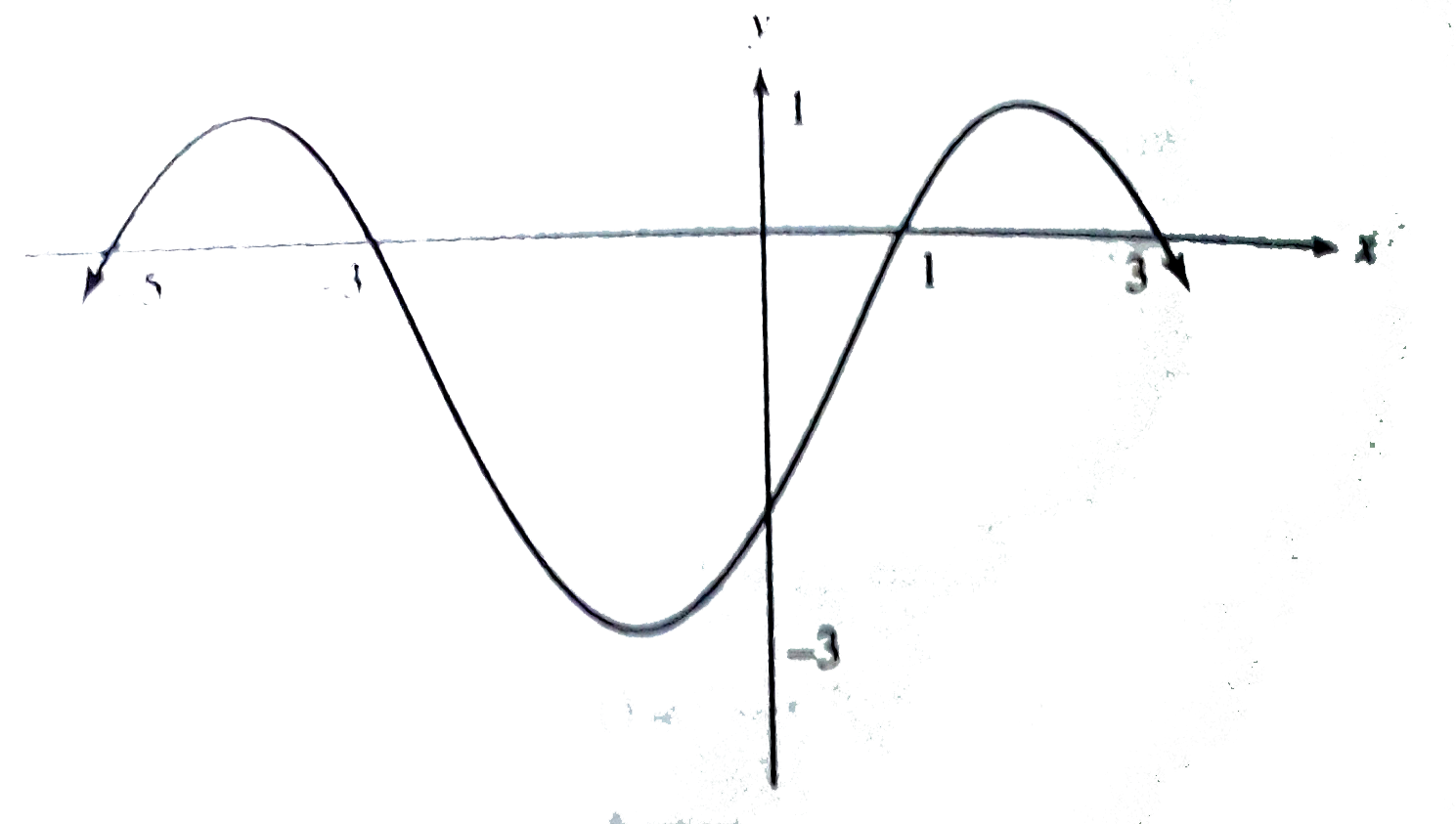Which of the following functions transforms y=f(x) moving it 5 units to the right?
y=f(x+5)
y=f(x-5)
y=f(x)+5
y=f(x)-5
To determine which function transforms y=f(x) by moving it 5 units to the right, we need to understand how horizontal transformations work in function notation.
1. Understanding Horizontal Shifts:
- A horizontal shift to the right by a units means that we need to replace x in the function with x−a. This is because we want to shift the graph to the right, which effectively means we are evaluating the function at a smaller x value.
2. Applying the Shift:
- For a shift of 5 units to the right, we replace x in f(x) with x−5. Therefore, the new function becomes:
y=f(x−5)
3. Identifying the Correct Option:
- From the options provided, we need to identify which one corresponds to y=f(x−5).
4. Conclusion:
- The correct transformation that moves the function y=f(x) 5 units to the right is:
y=f(x−5)
- A horizontal shift to the right by a units means that we need to replace x in the function with x−a. This is because we want to shift the graph to the right, which effectively means we are evaluating the function at a smaller x value.
- For a shift of 5 units to the right, we replace x in f(x) with x−5. Therefore, the new function becomes:
y=f(x−5)
- From the options provided, we need to identify which one corresponds to y=f(x−5).
- The correct transformation that moves the function y=f(x) 5 units to the right is:
y=f(x−5)
Topper's Solved these Questions
Similar Questions
Knowledge Check
- Question 1 - Select One
For which of the following functions does f(x)f(2−x) ?
Af(x)=x+2Bf(x)=2x−x2Cf(x)=2−xDf(x)=(2−x)2 - Question 2 - Select One
Which of the following is a transformation of y=f(x) that translates this function down 3, shrinks it horizontally by a factor of 2, and reflects it about the x-axis?
Ay=−2f(x−3)By=f(−2x)−3Cy=−f(12x)−3Dy=−f(2x)−3 - Question 3 - Select One
The graph of f(x) is shown below :

A transformation is applied that results in the following graph :

Which of the following functions describes this graph ?Af(x-1)Bf(x+1)Cf(x)-1Df(x)+1
Which of the following function/functions has/have point of inflection? f(x)=x67 (b) f(x)=x6 f(x)=cosx+2x (d) f(x)=x|x|
View SolutionWhich of the following is true about point of extremum x=a of function y=f(x)? At x=a, function y=f(x) may be discontinuous. At x=a, function y=f(x) may be continuous but non-differentiable. At x=a ,function y=f(x) may have point of inflection. none of these
View Solutionf(x)=2x+1
The function f is defined by the equation above which of the following is the graph of y=−f(x) in the xy-plane?View SolutionIf f(x) is a real valued function, then which of the following is injective function ?
(i) f(x)=x5 (ii) f(x)=x+sinx
(iii) f(x)=x2 (iv) f(x)=ex
(v) f(x)=x3+x2+4x+4View SolutionIf f(x)=sgn(x5), then which of the following is/are false (where sgn denotes signum function)
View Solution

